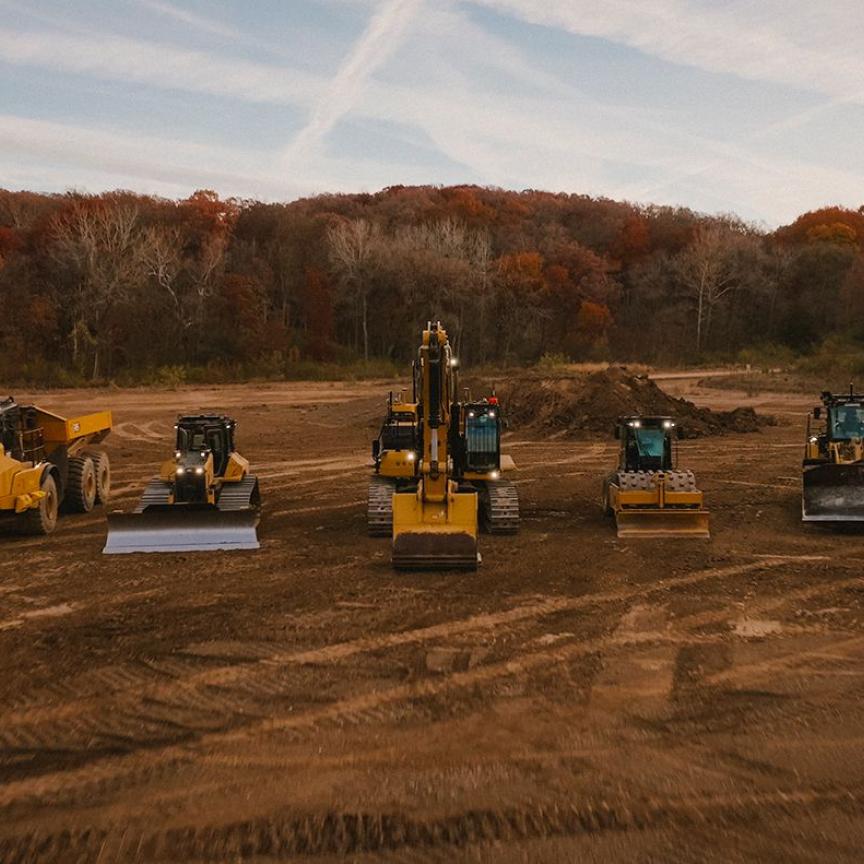Following a successful trial of its BRAiVE autonomous vehicle on the streets of Parma, Italy, last month, Dr Alberto Broggi, director of VisLab, speaks to Imaging and Machine Vision Europe about the sensors used in its driverless car
Last month, on the streets of Parma, Italy, an autonomous vehicle developed by the Italian artificial vision and intelligent systems laboratory, VisLab, successfully navigated a route on public roads without a driver. The course was relatively short, only around 30km, but included various complex traffic scenarios like roundabouts, merging traffic lanes, traffic lights and pedestrian crossings – and all this was negotiated completely autonomously.
The event was the first the group had undertaken in real traffic conditions on public roads, and, according to Dr Alberto Broggi, director of VisLab, the trial was a complete success. ‘I was very happy with the results. The vehicle was able to negotiate everything with zero human intervention,’ he said.
VisLab bases its sensing technology on a fusion between vision and laser scanning, which differs from the laser scanners deployed on other autonomous vehicles like Google’s driverless car. ‘We are trying to see if we can push this technology [imaging] to the limit and squeeze the vision part to see what we can get with vision,’ Dr Broggi said.
The Google car, which won the 2005 DARPA Grand Challenge, uses a laser scanner from Velodyne, which provides a highly detailed map of the environment. Dr Broggi said that the sensors on VisLab’s BRAiVE vehicle are not as advanced as the Velodyne scanner – Velodyne’s scanner generates a much more detailed 3D point cloud and can operate at night, for instance, whereas the BRAiVE sensors cannot without illumination. However, VisLab’s sensors are low-cost and integrated into the chassis of the car, whereas the Velodyne scanner is expensive and has to be mounted on top of the vehicle.
Dr Broggi feels that in the future laser scanning technology mounted onto vehicles won’t be used, as it’s disruptive. He feels that integrated sensors, such as those used in BRAiVE, are a much more likely option for automated driving.
Smart sensors for parking and other uses are now integrated into many modern cars, and automakers are developing various small, low-cost vision sensors for improved driver assistance, such as time-of-flight 3D sensors (see ‘Imaging in depth’ article in June/July 2013 issue).
VisLab’s BRAiVE vehicle has 10 cameras with a maximum resolution of 1 megapixel, five laser scanners, radar, and GPS. One of the sensors is a stereoscopic system called 3DV, which uses VisLab’s algorithms to interpret the environment. It outputs a dense 3D map of the surroundings, with up to 10 million 3D points per second, in real time. The data can be used to detect and track obstacles, and estimate terrain surface, slope, and vehicle pose with respect to the terrain.
Dr Broggi commented that vision is very powerful, but there are some cases where cameras don’t work. VisLab fuses the vision data with data generated from laser scanners to make the reading more robust. Images provide classification of the scene, while the laser gives very precise measurements, to determine the speed, position, and size of an object, for instance.
During the experiment on the roads around Parma, Dr Broggi said the hardest traffic obstacles to negotiate were roundabouts. The BRAiVE vehicle could tackle smaller roundabouts, although Dr Broggi added that the car would have been unable to pilot itself around larger, multi-lane versions.
‘A roundabout is a huge problem. A roundabout could be very large, could have a large radius with up to three lanes,’ Dr Broggi commented. It depends on the angle of approach, he said. To tackle larger roundabouts, the car would need 180° vision on its left-hand side, whereas the current BRAiVE model only has 110° coverage.
Dr Broggi’s vision of the future is that there will be no personal mobility, ratherautonomous cars will be shared by everyone. The car will drive people to their destination and then be used by someone else.
The sensing technology developed at VisLab also has applications in the agricultural, mining, and construction sectors, for example for making agricultural vehicles autonomous to boost productivity on large farms in Argentina and Australia. Dr Broggi said that this will be a much more imminent revolution than the one on our roads.
VisLab is currently developing a new prototype vehicle, equipping it with multiple stereovision systems to achieve a 360° view around the car. ‘We would like to see what you can get with vision and push vision to the limits,’ Dr Broggi said. The idea is to see how close VisLab can get to the point cloud generated by the Velodyne sensor using stereovision. The researchers are also upgrading the hardware on the vehicle, porting the algorithms to FPGAs to process the data more efficiently.
The cars we’ll be driving in the near future might not be completely autonomous, but the sensing technology being developed at VisLab and other centres working on driverless vehicles could eventually be used to make road transport safer, as well as making vehicles like tractors more intelligent.
--
Dr Alberto Broggi is director of the Italian artificial vision and intelligent systems laboratory, VisLab, based in Parma, Italy. His main research interests are related to the use of artificial vision techniques in automotive applications. He was the coordinator of the ARGO project, aimed at developing a computer vision system for automatic driving of a passenger car on highways.

